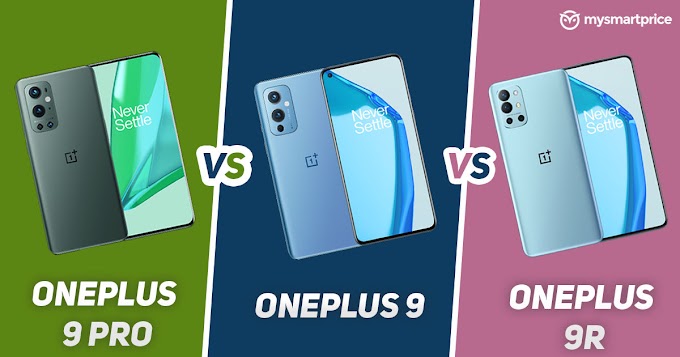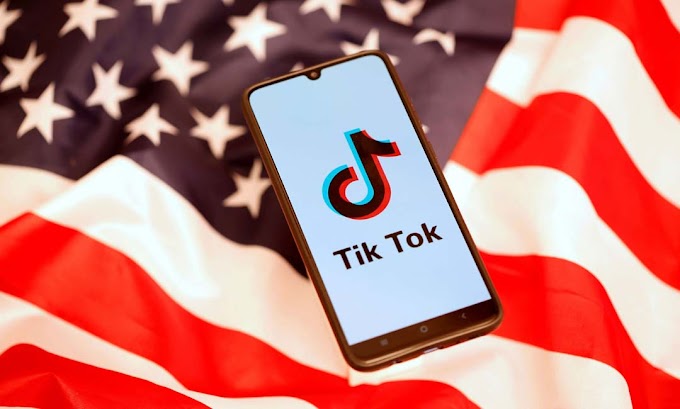To establish India as a mobile expert hub, the Indian government recently announced three new projects, including PLI (Production Linked Incentives). Under this project, domestic and foreign companies will get incentives from the government to do business in India. Large mobile companies were requested to invest in this incentive scheme. According to the report, many companies have already responded.
Twenty-two companies, including Apple's second-largest contract manufacturer Pegatron and Samsung, have invested Rs 11,000 crore under the Government of India's Production Linked Incentive scheme. Apple's two other large global contract manufacturing companies, Western and Foxconn, have also applied for the scheme. Several companies, including Apple, have long been planning to move manufacturing units from China to other countries. At present, India is preparing to become the best place to build a smartphone hub. Therefore, by setting up a smartphone manufacturing unit in India, these companies want to resume their smartphone exports in full swing.
These 22 companies include 5 international companies - 2 units of Foxconn, Samsung, Wistron, and Pegatron. And there are 5 other Indian brands - Lava, Dixon, Micromax, Padget Electronics, Sojo and Optiemus. These companies will set up their mobile manufacturing units in India with the help of the Government of India.
But besides Apple, Foxconn makes smartphones for other market leaders such as Xiaomi and Nokia. Apart from these two brands, other Chinese smartphone companies such as Oppo, Realme, OnePlus and Vivo have not applied for this incentive scheme.
Apart from the PLI scheme, two more schemes have been introduced by the Government of India. Last June, the Government of India came up with these 3 new schemes to attract global companies. These include - PLI, Scheme for Promotion of Manufacturing of Electronic Components and Semiconductors and Modified Electronics Manufacturing Cluster. The government announced an incentive of Rs 50,000 crore to attract the world's largest mobile device makers. In addition to the PLI scheme, several other companies from around the world have applied to join the other two schemes.
Currently, all Chinese smartphone brands, including Xiaomi, are facing problems due to clashes on the Sino-Indian border. They are gaining momentum to sell their smartphones in India. As a result, all the major mobile companies are thinking of moving their units to a country other than China. At the moment, this new incentive scheme in India is giving a glimmer of hope to other smartphone companies.
Union Telecom Minister Ravi Shankar Prasad also gave a short speech on the application of PLI scheme on Saturday. He said in his speech that as a result of this new scheme, India will become a big country in the field of electronics manufacturing. As a result, the production base in the local and global markets of this country will rise a lot.
According to economists, if the scheme works well, India will have a production of Rs 11.50 lakh crore in the next five years. 80% of this production will be exported and the rest will be sold in India. The youth of India will benefit from this project. The project will provide direct employment to 3 lakh people in India, and will enable 3 times more employment in other supportive sectors. Needless to say, the domestic value addition of smartphones in India will increase from 15-20% to 35-40%.
The PLI scheme will provide Rs 40,951 crore as a graded incentive to domestic and global companies over the next five years. But to get this graded incentive between 4% - 6% in 5 years, manufacturers have to make high end devices in their Indian factories. The amount of such high-end smartphone production should be Rs 4,000 crore more than their first year production level.
In the second, third, fourth and fifth years, manufacturers will have to make mobiles worth Rs 6,000 crore, Rs 15,000 crore, Rs 20,000 crore and Rs 25,000 crore more than their first year production value, respectively. As a result, India's annual mobile exports will increase significantly, which experts believe will revive the Indian economy.
Twenty-two companies, including Apple's second-largest contract manufacturer Pegatron and Samsung, have invested Rs 11,000 crore under the Government of India's Production Linked Incentive scheme. Apple's two other large global contract manufacturing companies, Western and Foxconn, have also applied for the scheme. Several companies, including Apple, have long been planning to move manufacturing units from China to other countries. At present, India is preparing to become the best place to build a smartphone hub. Therefore, by setting up a smartphone manufacturing unit in India, these companies want to resume their smartphone exports in full swing.
These 22 companies include 5 international companies - 2 units of Foxconn, Samsung, Wistron, and Pegatron. And there are 5 other Indian brands - Lava, Dixon, Micromax, Padget Electronics, Sojo and Optiemus. These companies will set up their mobile manufacturing units in India with the help of the Government of India.
But besides Apple, Foxconn makes smartphones for other market leaders such as Xiaomi and Nokia. Apart from these two brands, other Chinese smartphone companies such as Oppo, Realme, OnePlus and Vivo have not applied for this incentive scheme.
Apart from the PLI scheme, two more schemes have been introduced by the Government of India. Last June, the Government of India came up with these 3 new schemes to attract global companies. These include - PLI, Scheme for Promotion of Manufacturing of Electronic Components and Semiconductors and Modified Electronics Manufacturing Cluster. The government announced an incentive of Rs 50,000 crore to attract the world's largest mobile device makers. In addition to the PLI scheme, several other companies from around the world have applied to join the other two schemes.
Currently, all Chinese smartphone brands, including Xiaomi, are facing problems due to clashes on the Sino-Indian border. They are gaining momentum to sell their smartphones in India. As a result, all the major mobile companies are thinking of moving their units to a country other than China. At the moment, this new incentive scheme in India is giving a glimmer of hope to other smartphone companies.
Union Telecom Minister Ravi Shankar Prasad also gave a short speech on the application of PLI scheme on Saturday. He said in his speech that as a result of this new scheme, India will become a big country in the field of electronics manufacturing. As a result, the production base in the local and global markets of this country will rise a lot.
According to economists, if the scheme works well, India will have a production of Rs 11.50 lakh crore in the next five years. 80% of this production will be exported and the rest will be sold in India. The youth of India will benefit from this project. The project will provide direct employment to 3 lakh people in India, and will enable 3 times more employment in other supportive sectors. Needless to say, the domestic value addition of smartphones in India will increase from 15-20% to 35-40%.
The PLI scheme will provide Rs 40,951 crore as a graded incentive to domestic and global companies over the next five years. But to get this graded incentive between 4% - 6% in 5 years, manufacturers have to make high end devices in their Indian factories. The amount of such high-end smartphone production should be Rs 4,000 crore more than their first year production level.
In the second, third, fourth and fifth years, manufacturers will have to make mobiles worth Rs 6,000 crore, Rs 15,000 crore, Rs 20,000 crore and Rs 25,000 crore more than their first year production value, respectively. As a result, India's annual mobile exports will increase significantly, which experts believe will revive the Indian economy.






0 Comments